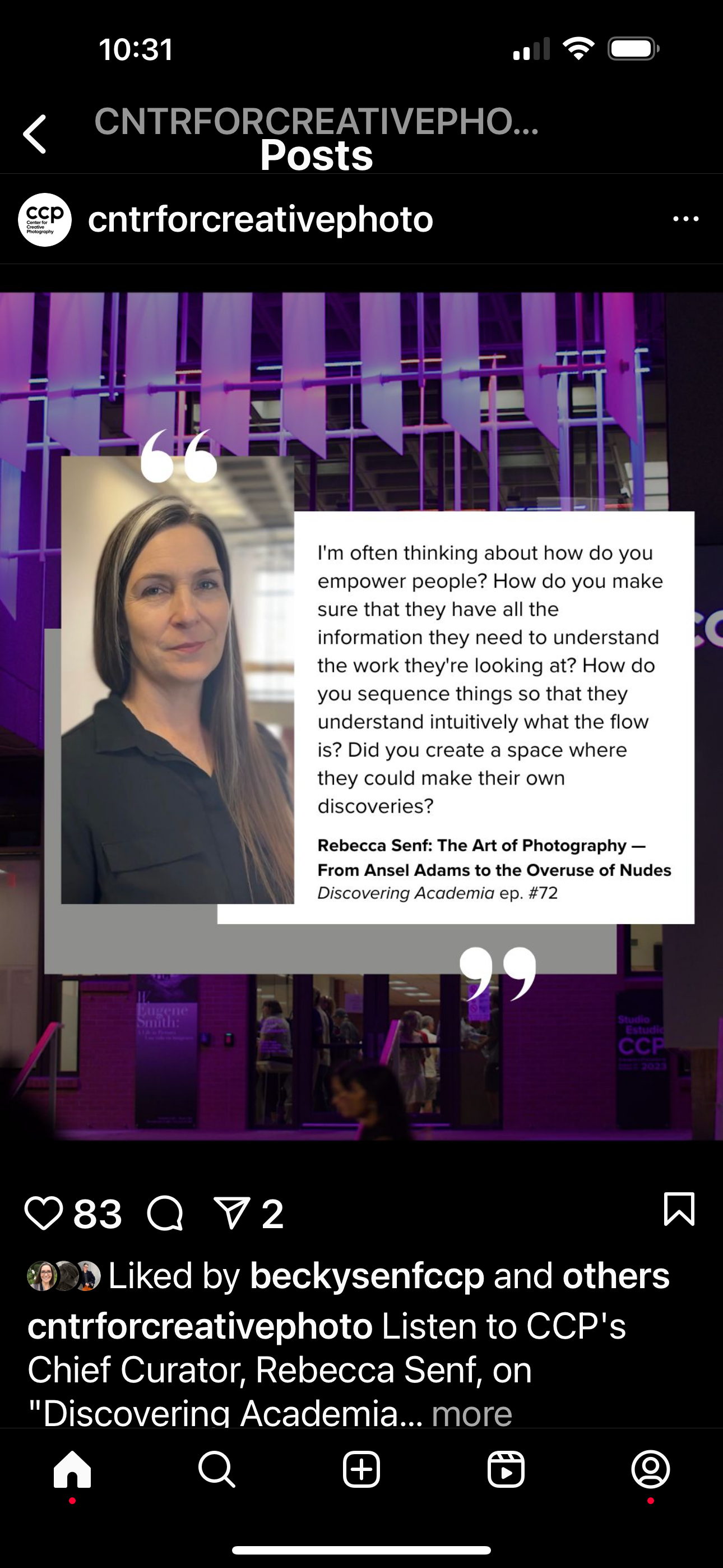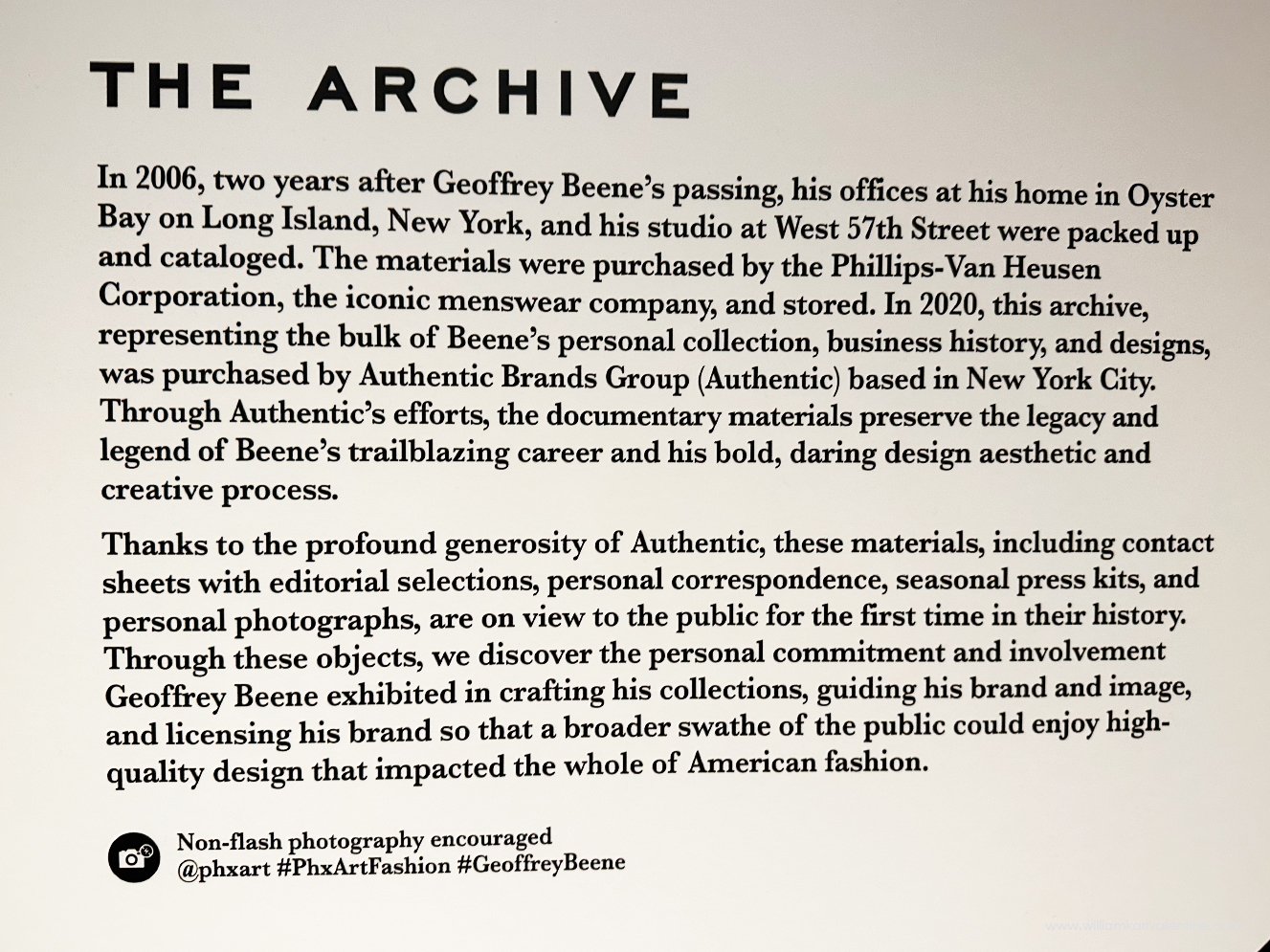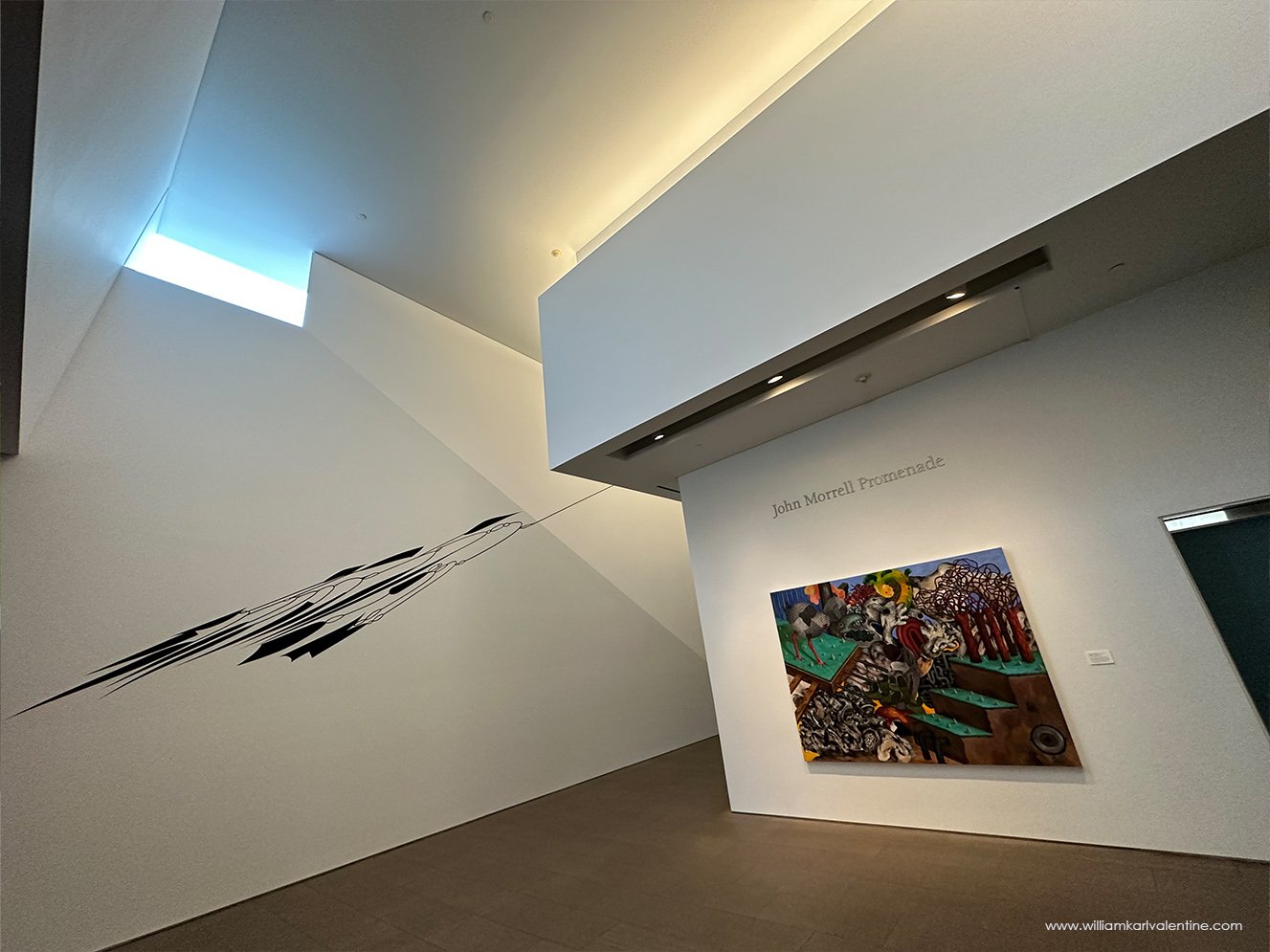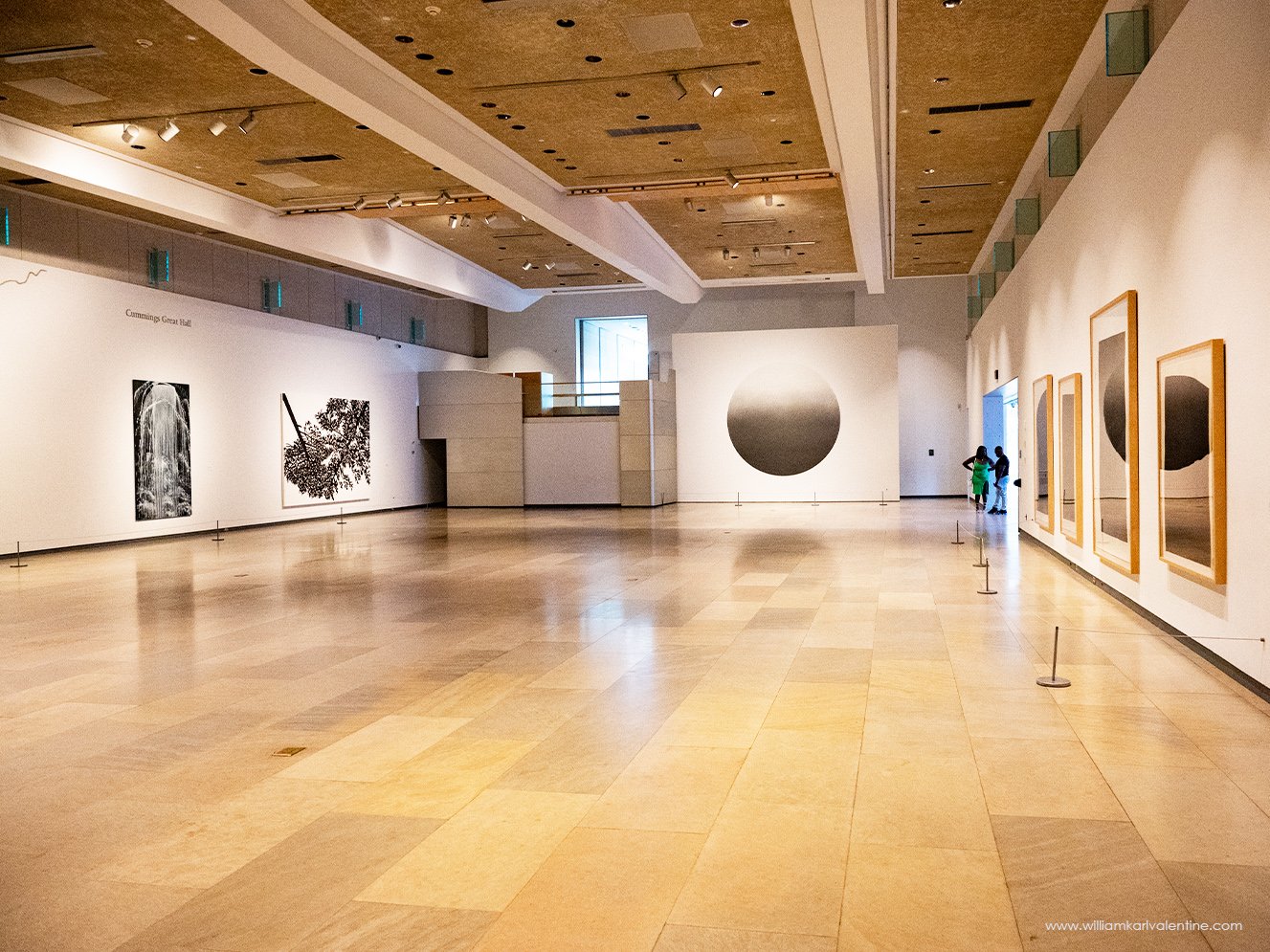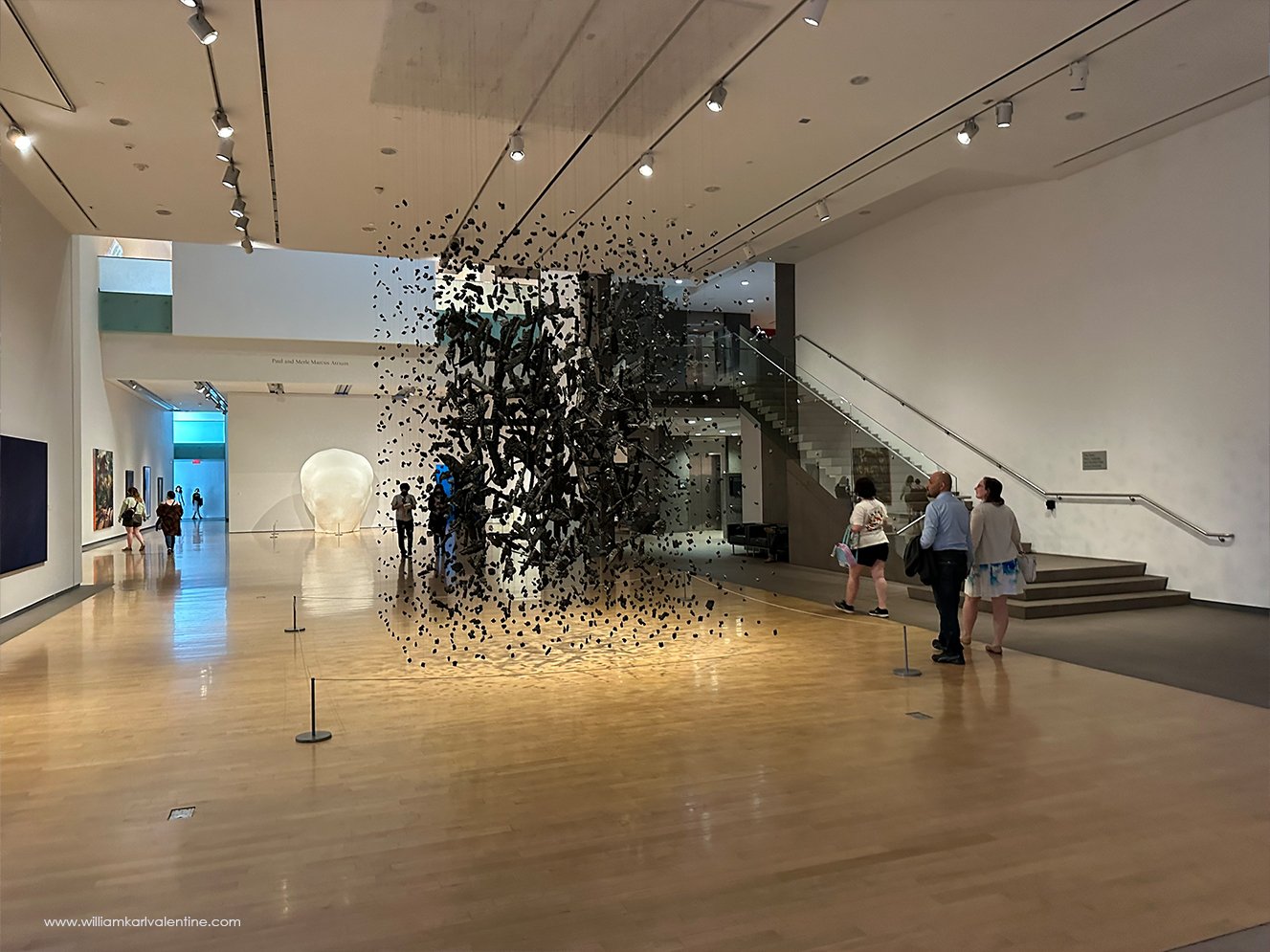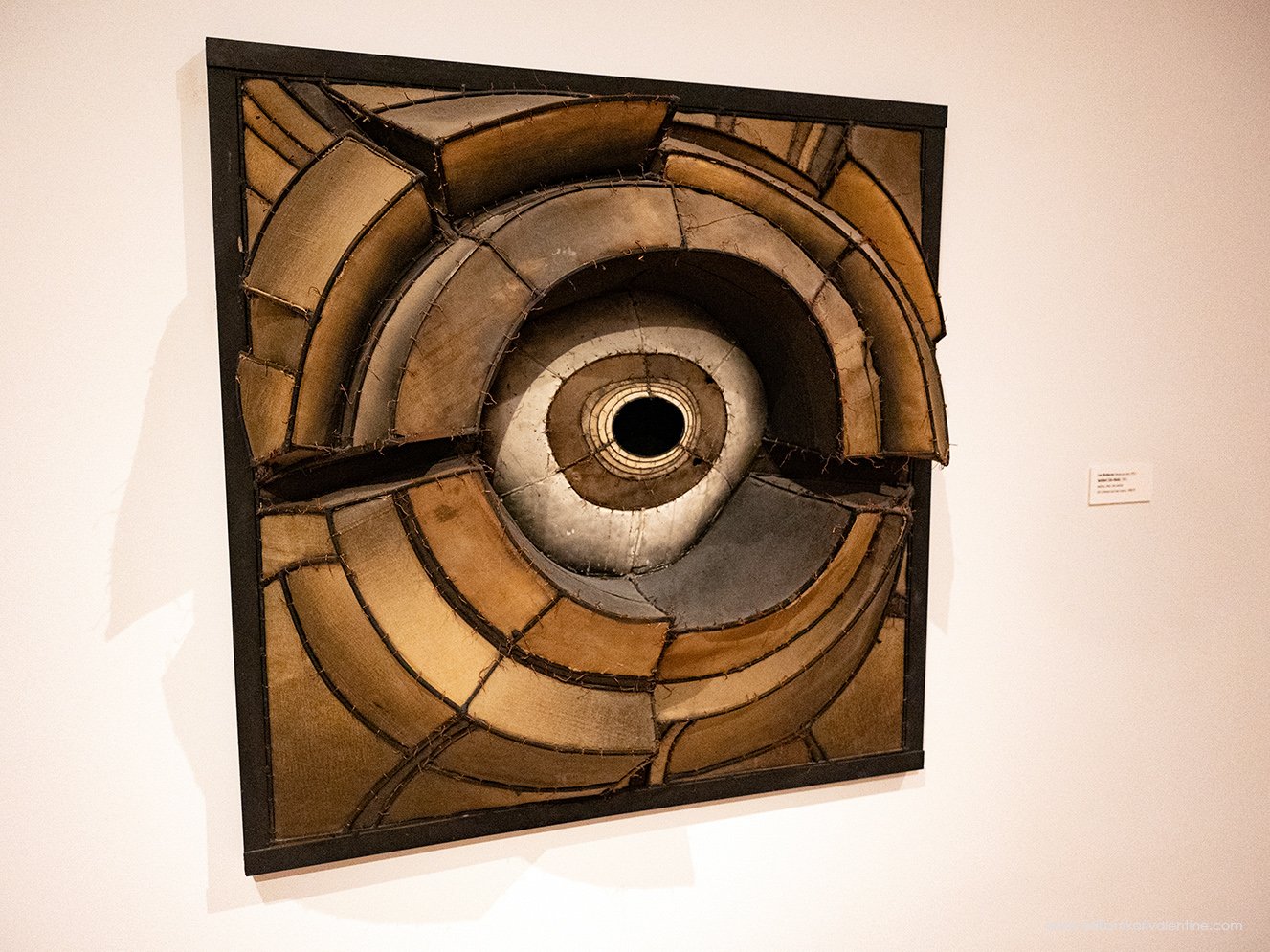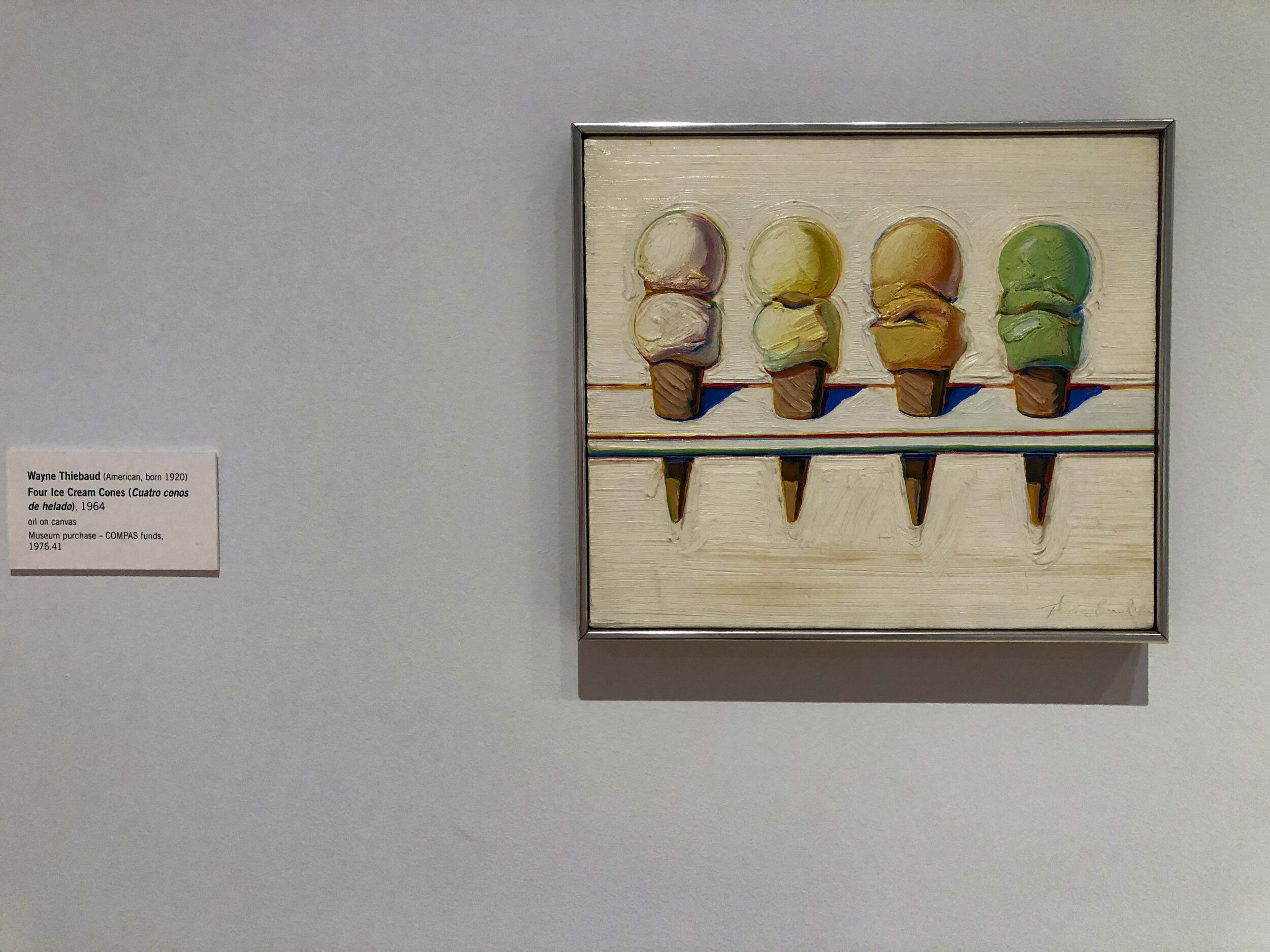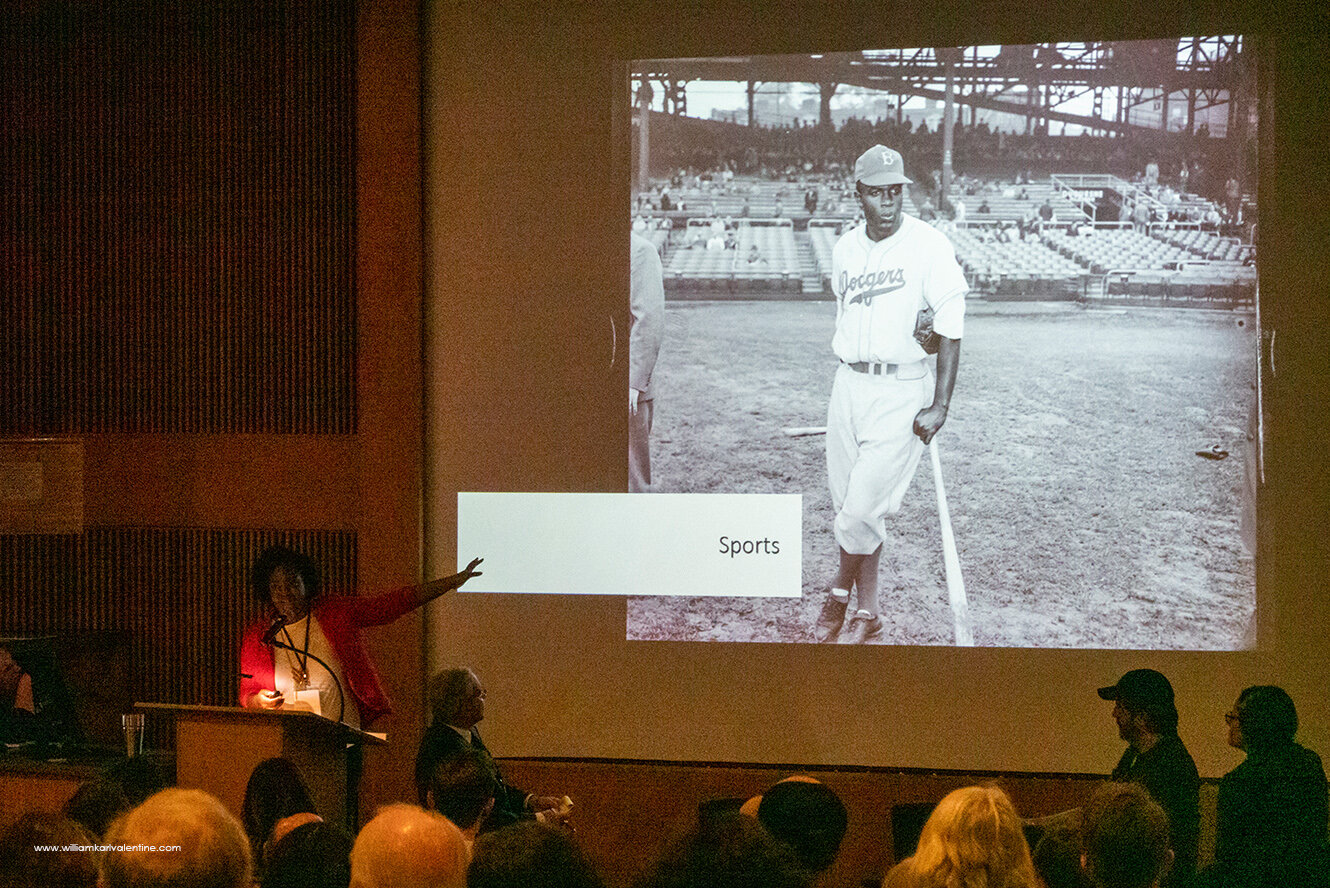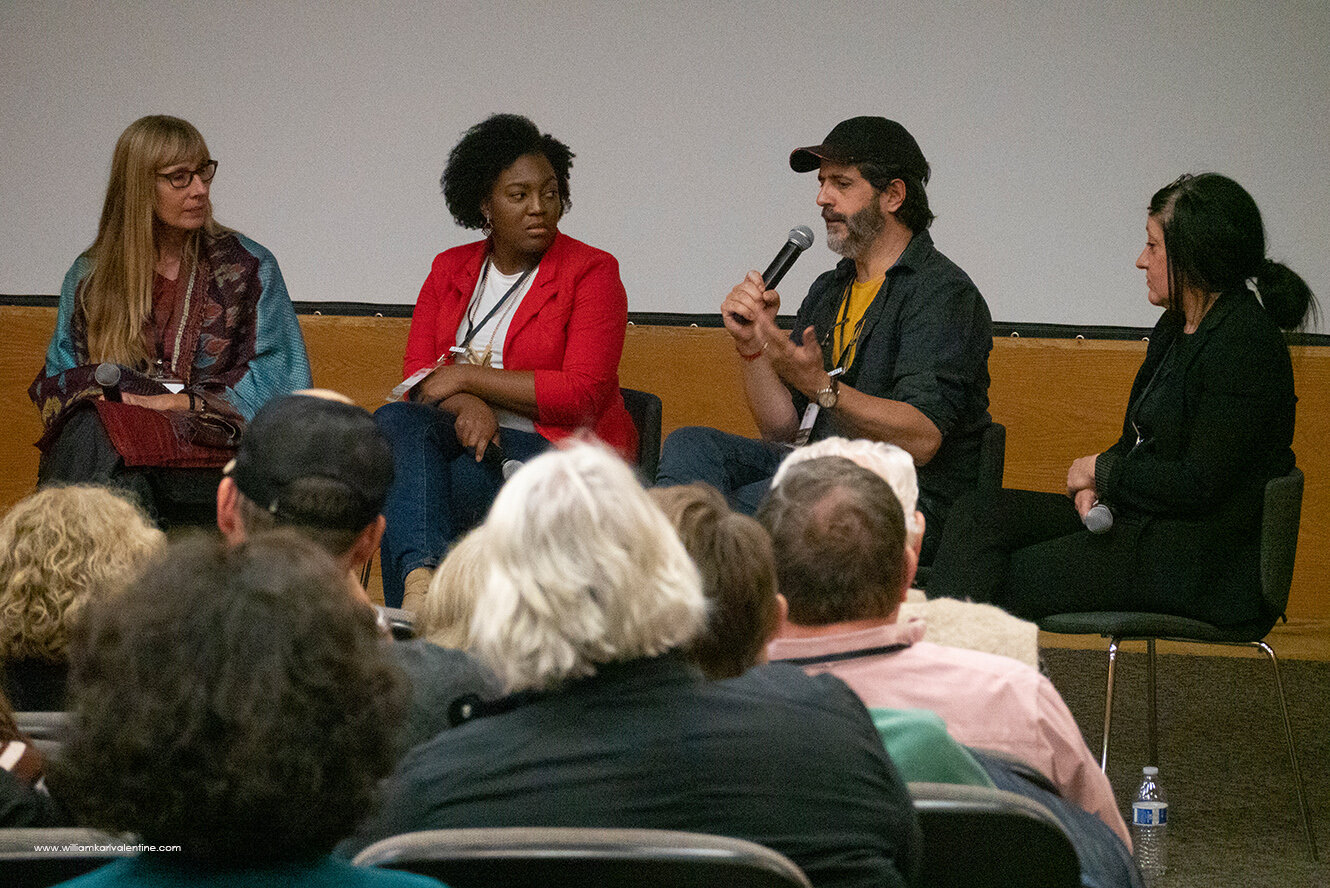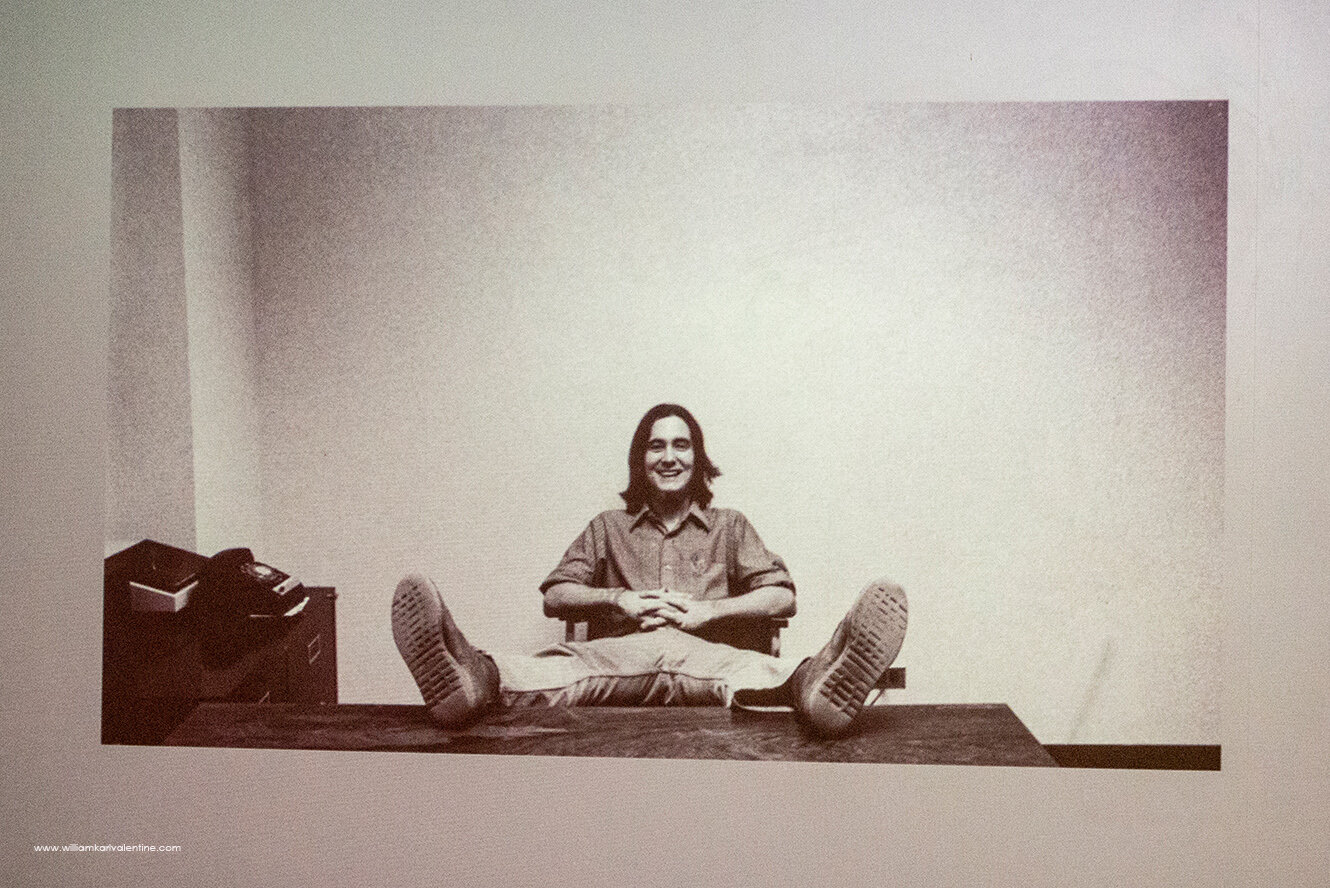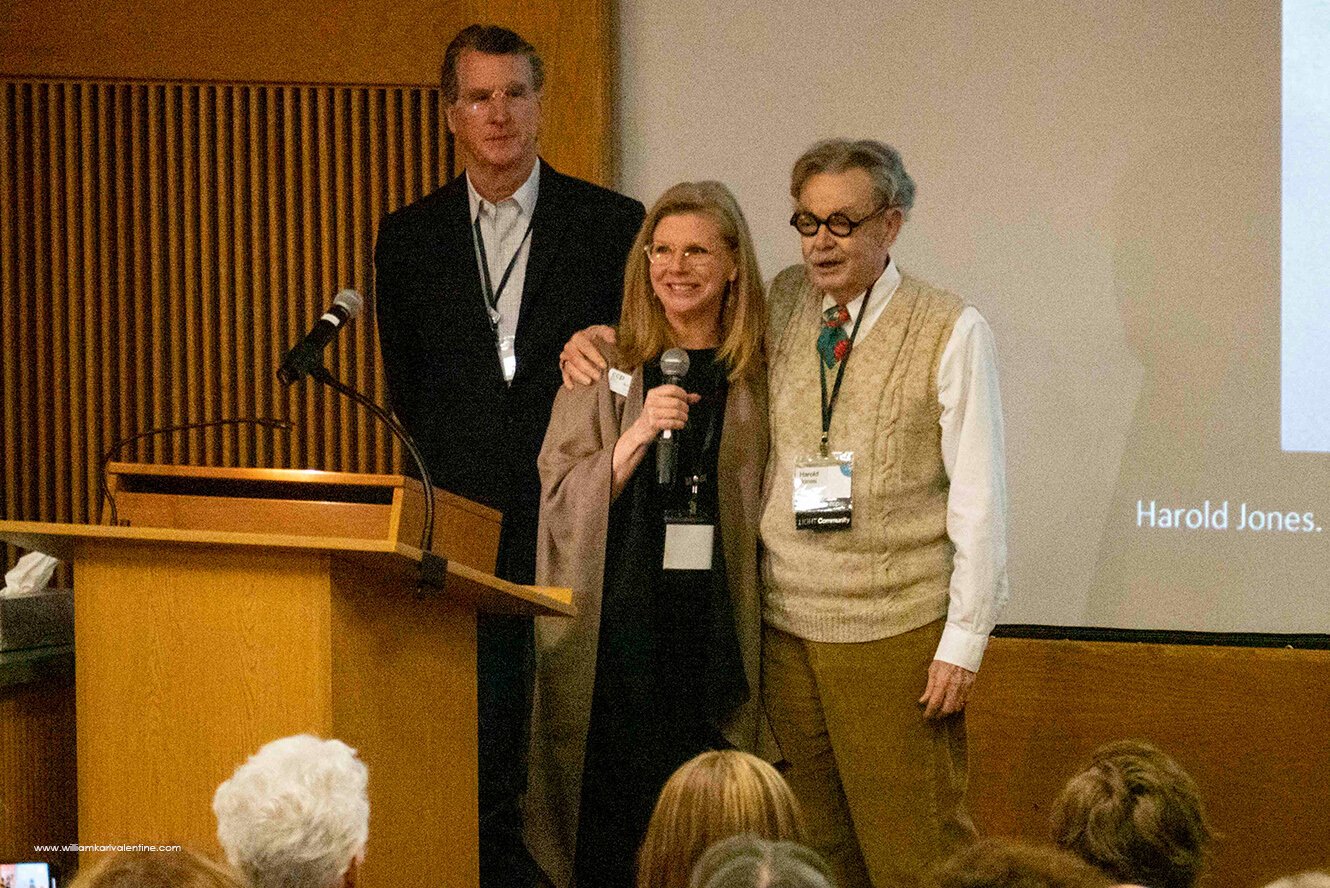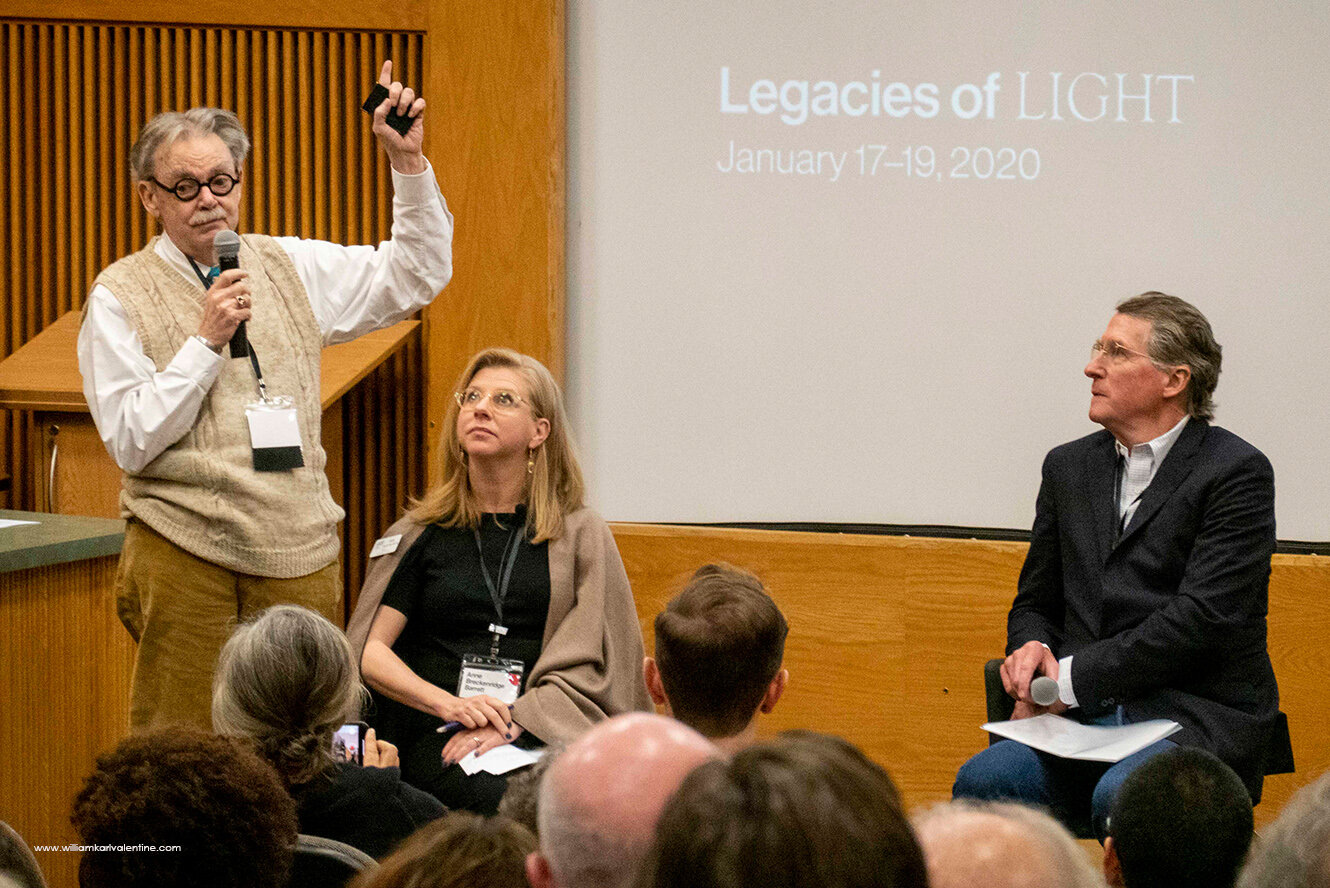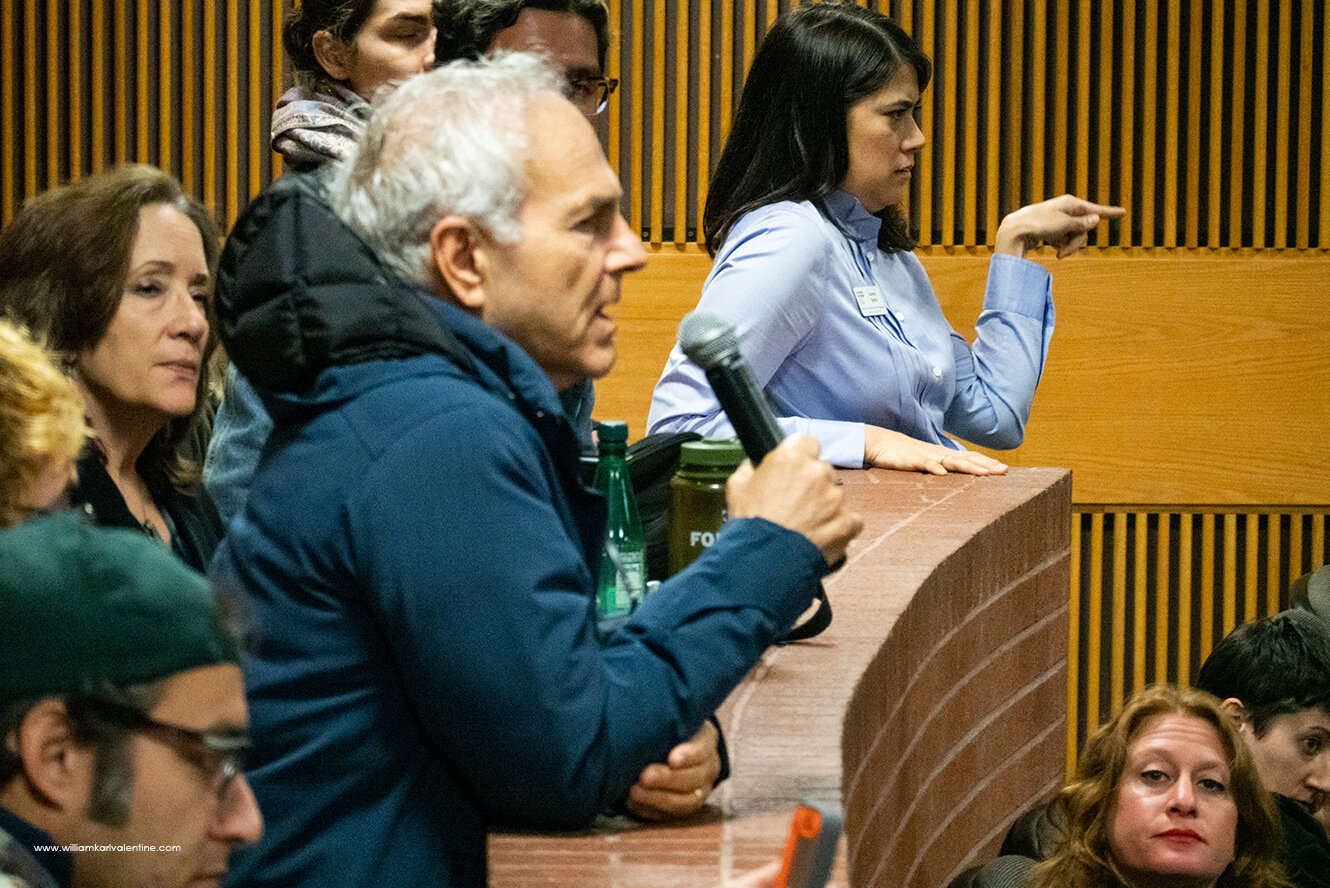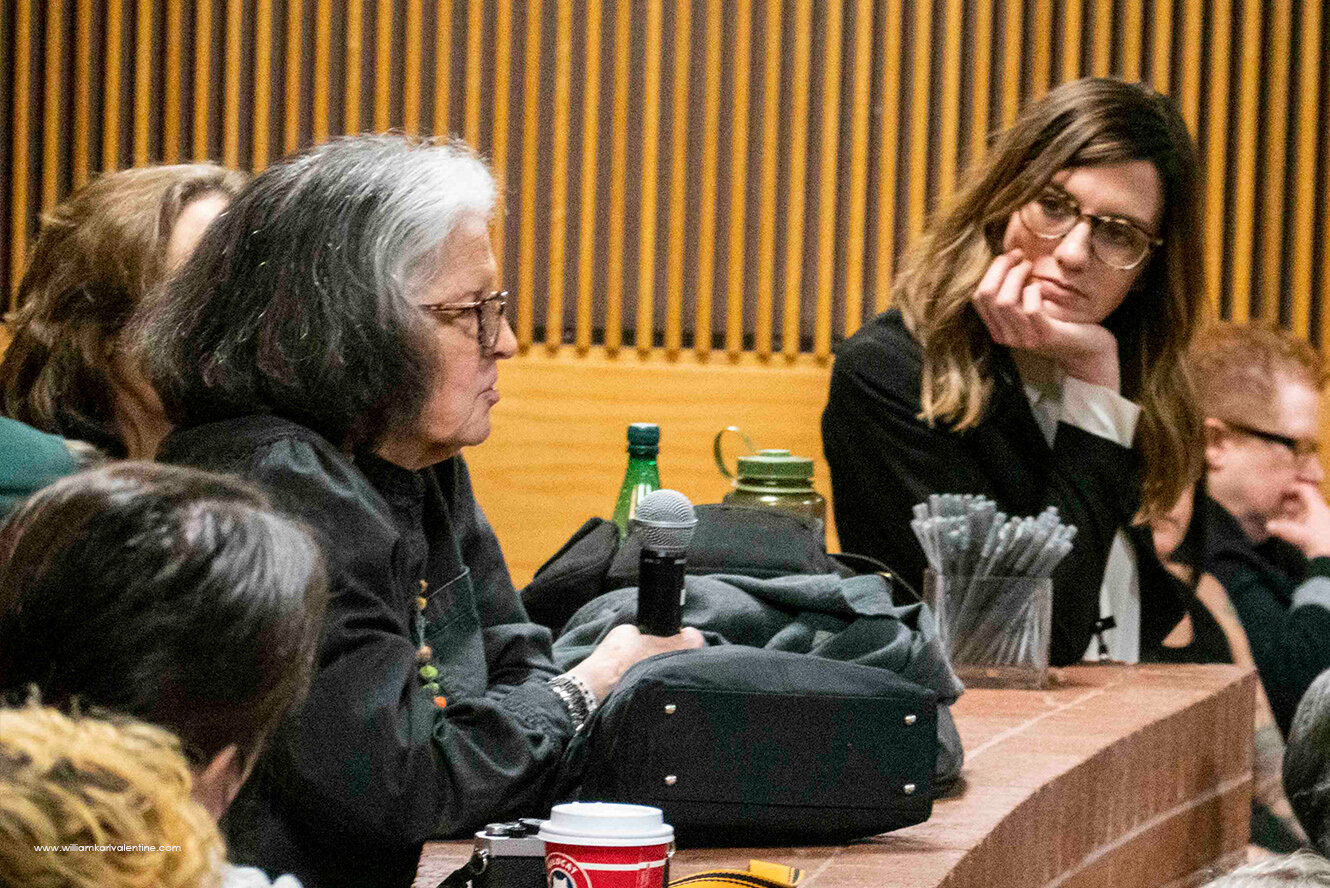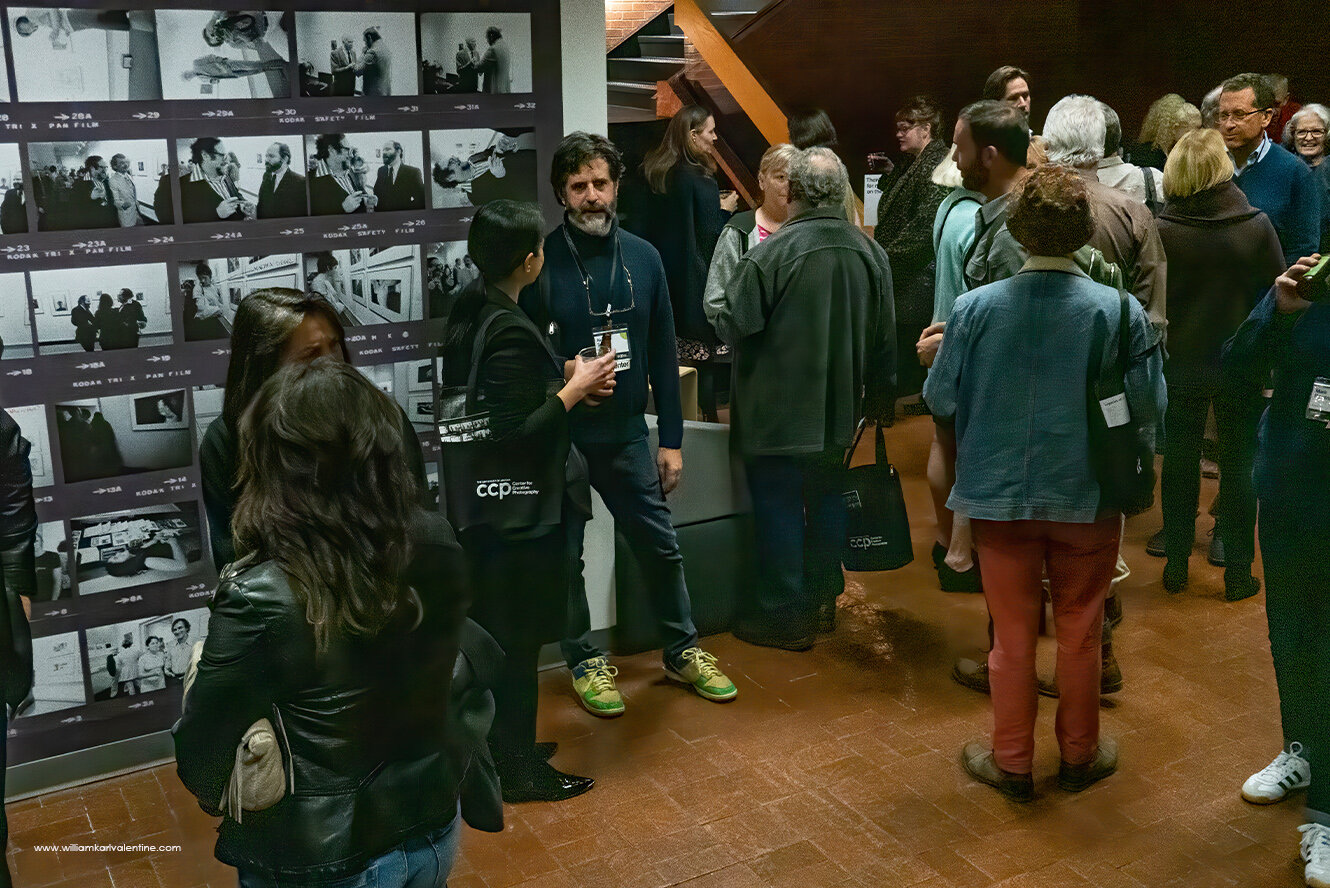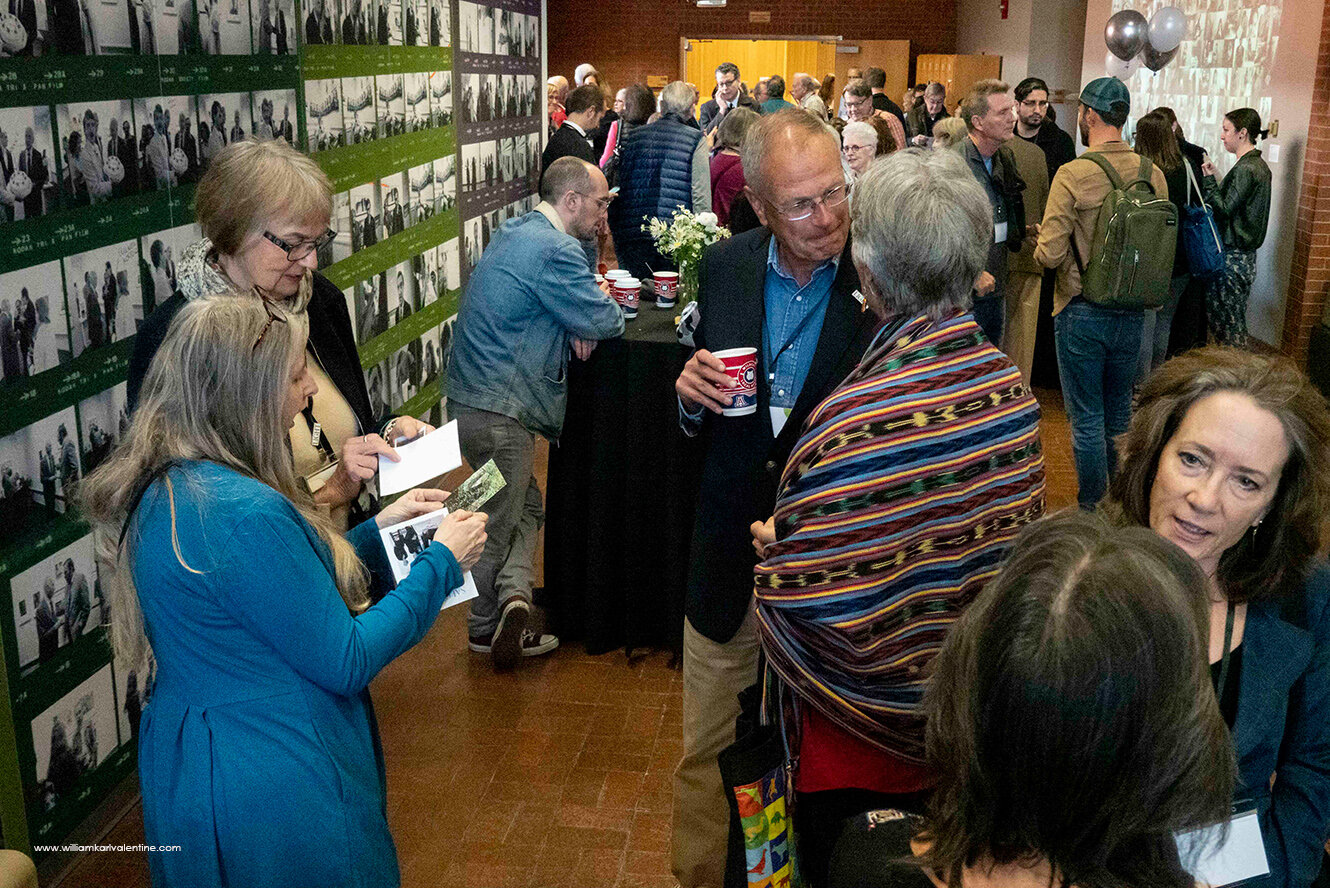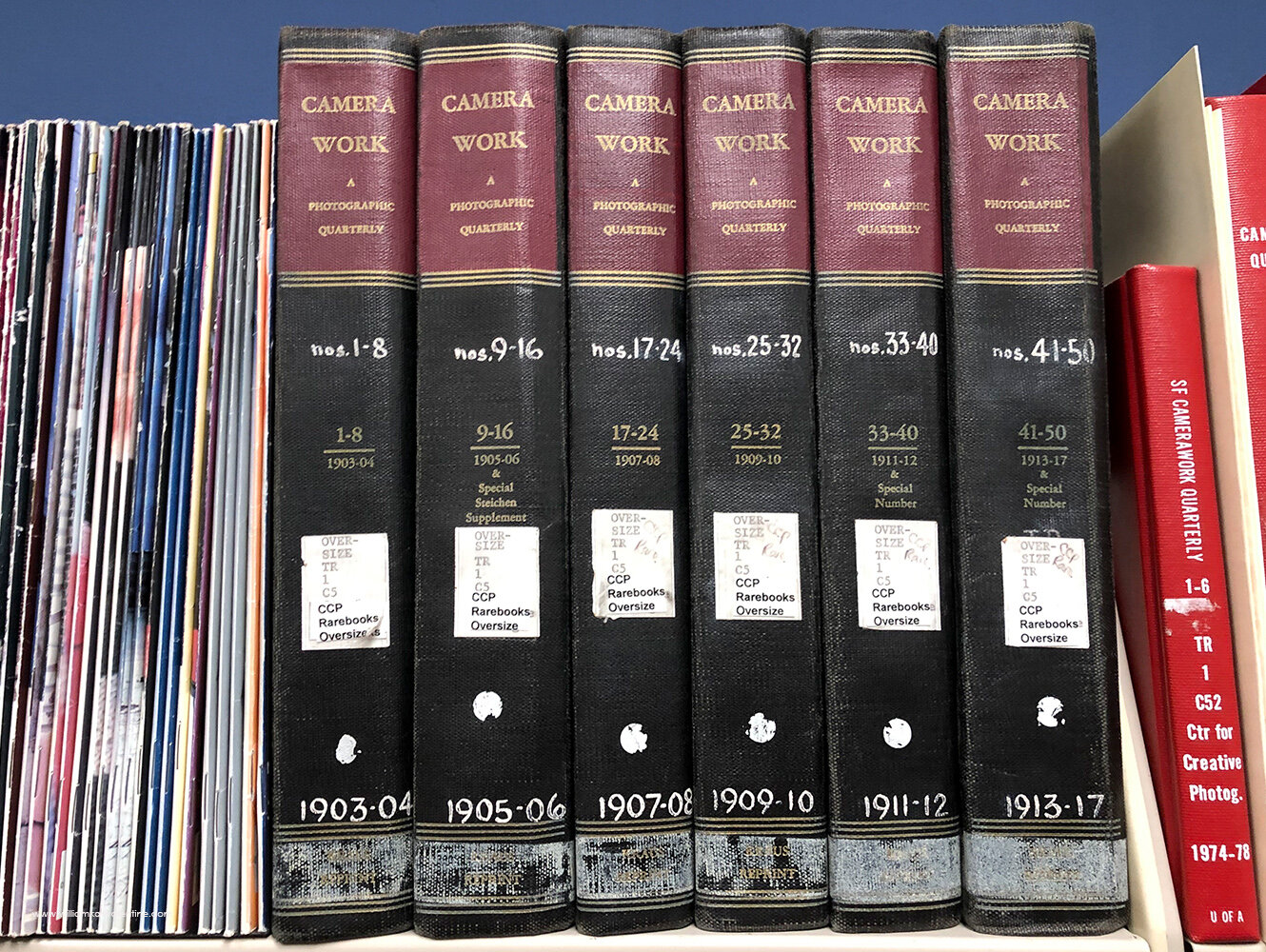I watched the on-line video event by the Center for Creative Photography’s titled “Why Photography” on Thursday. The 45-minute presentation was a collection of video interviews where different people talked about why photography was important to them. The group was varied, photographers, curators, collectors, and educators. What I enjoyed most was hearing a diverse group of people describing why photographing was important to them and saying time and again to myself “me too” when they described why photography was important to them. I have included the link to the presentation here and I will highlight some of the comments I really connected with below: CCP “Why Photography” 6/24/21
Curator Susan Bright and Art Collector / Retired Dance Professor Douglas Nielsen were the first pair to discuss photography.
Nielsen spoke how he was often photographed while he was dancing and that he would tell photographers to “Catch me in the Act”. He went on to say “Any photography that is interesting is catching someone doing something, not just sitting there”. He continued, saying “Knowing Dance evaporates the second you see it I wanted proof I existed”, which photographs provided him. Nielsen went on, “A photograph tries to defeat time, death. It captures a second in time and its there. But with Dance, its just gone”.
I completely understand his comments. I respect portraiture photography, and it seems to be trending now in galleries and museums, but it rarely speaks to me. I really began to understand photography when I started seeing the images by the great documentary photographers. For me I love being able to capture a moment in time, and know that image is completely factually accurate for that 1/500th of a second. As a child I loved to draw but I was frustrated because my pictures weren’t perfect. Features were distorted, the perspective was slightly off, they just didn’t look exactly how I saw something. Photography fixed that problem for me. I am also a romantic and I am constantly wanting to preserve memories and freeze moments in time forever, the camera allows me to do that.
Nielsen made an interesting comment about his collection that I loved: “When I collected photography, it kind of collected me”.
I get it, in life we gravitated towards things which catch our interest and draw us in. His statement is dead on. I was fortunate to have dinner at the home of a prominent wealthy art collector a couple years ago. The house was amazing on its own and everything I saw on the walls was museum grade, mostly paintings but also an installation piece, and some of Cindy Sherman’s prints. As he gave me the tour of his collection he spoke about was why that piece of artwork was important to him, why he connected to it, and why he liked that artist’s work. He never mentioned price or collectability, every work spoke to him and wife personally. It was an incredible opportunity for me to get that insight. I should also say it was a great night socially too, good people there.
Susan Bright spoke of her background and how when she was studying Art History in the late 1980’s to early 1990’s that photography was not considered “Art”. She described when she was nearing the completion of her studies how she felt when she realized she had just spent three years only studying art by men. She also told us she had not seen a Fine Art Photographic Print without glass in front of it until after she graduated. She was shocked with how beautiful a well-crafted print looked in person and wonderful the experience was.
I know exactly what Susan meant about the wonder in seeing a good print. I was lucky to see fantastic prints when I was Arizona State University. I was on the Northlight Gallery staff when we exhibited works by photographers like Mary Ellen Mark and William Christenberry. After graduating I went to one of the first Photo LA events and I remember going over to a bin at one booth and being able to pick up a Weston print. Holding it, examining, realizing Weston himself did the same with that print was powerful. I believe a photographer has to spend time with really goof prints before they can fully understand the medium. It is unfortunate that in today’s two second Instagram post view we are getting away from the concept taking our time to experience, and understand, a well-crafted print and good image. I have been lucky to have seen as many good prints and exhibitions in person as I have, but I have also made an effort to do that including travelling to see the best exhibitions.
Bright stated, “I feel like Photography is the bastard child of the Arts, that’s why I like it”. She went on saying when she was younger how much she enjoyed the images on album covers , and that when she went to museums she enjoyed the post cards in the gift shop more than the paintings on the wall because they were obtainable, she could collect them.
I understand her comments about photography being considered a second-class citizen in the art world, and I agree with her, and I see how that could attract her to the medium. There is something special when you are involved in a less popular community. The relationship you have with others in that community is often more unique, and usually a closer bond. I feel those bonds when I am at a racetrack or an ice hockey rink. Everyone there has a common interest in something that many people do not fully understand. I tend to be more of an individual when it comes to photography, I truly enjoy community interaction, but the act of photographing and seeing the world is very personal and usually a solo activity. The process of photographing is my “Why Photography”. Being a photographer is how I experience life.
University of Arizona President Dr. Robert Robbins spoke next and said something I definitely agree with: “Photography opens questions, teaches us history, and keeps our memories. It shows us the beauty of the world and of the universe, it shows us what we know and what we have left to discover”.
Dr. Meg Jackson Fox, The CCP’s Associate Curator for Public Programs introduced Valerie Trouet who is a University of Arizona professor in Tree Ring Research who spoke about the use of photography in relation to the study of science. Trouet talked of the importance of “Repeat Photography” to identify changes in landscapes over time and mentioned the importance of photography being able to document and retain evidence related to scientific research. A good reason for “Why Photography”, the same should be said for forensic photography.
I don’t ever recall hearing the term “Repeat Photography” before but I well aware of this type of work. I know Mark Klett from my ASU days and know his Rephotographic Survey Project well. Good for me to learn a new term.
Photograph Conservator Peter Mustardo was next up. For his “Why Photography” he said he was drawn to how photography is ambiguous. He pointed out how photography is everywhere and most everyone has the ability to photograph. He also noted photography’s ability to create a “preserved moment” within the passage of time.
I think it would be valuable to take a moment and focus again on the definitions of Ambiguous – “open to more than one interpretation; having a double meaning.” And “unclear or inexact because a choice between alternatives has not been made.”. I love that characteristic of photography. I think back to my days at ASU in Bill Jay’s class and how he was able to really demonstrate how different images have different values depending on the viewer and the relationship the viewer has with that image and its subject matter. With most of my street photography or city based images I usually title the work as “Untitiled” , except for a file number, because I don’t want to influence the viewer’s experience beyond having them contemplating the elements I have included in to the frame. I know what I see and what I am trying to convey but I think it is important for the viewer to have the ability to come to their own conclusion based on their experience and perception.
Mustardo’s inference that everyone is a photographer reminds me of my favorite Photography quote, which was by László Moholy-Nagy’s in 1926: “The illiterate of the future will be those who can not photograph”. That quote always amazes me, his foresight was dead on. We all live in a selfie and Instagram world today.
The next part of the presentation had shorter individual segments with more individual insight. CCP Senior Registrar Megan Clancy commented how she enjoys how photography can freeze a moment in time, that split second, allowing us the ability to see something important. CCP Chief Curator Rebecca Senf shared how she enjoys specializing in a relatively new medium with such a wonderfully short history to explore. I think her point was its easier for a historian to have a more complete knowledge of the medium since it is only 182 years old unlike most all the other artforms. Joan Lifton spoke of the creative process and shared a Dorothea Lange quote about her photographic process: “How do we organize the chaos of our individual experience in to a narrative that carries a collective meaning?” This quote inspired me to look up more Lange quotes, I found a nice list on John Paul Caponigro’s site which are worth the read.
W.Eugene Smith’s widow, Aileen Smith, had a conversation with photographer, and educator, Aaron Turner next. She told how W. Eugene Smith always wanted his work to be as close to the truth as possible and how he was dedicated to have integrity in his images. She pointed out how almost every experience is subjective not objective and I very much agree with her. Aileen went on to say “We are subjective beings, we have subjective eyes, its not unfair, a person is subjective, that’s it”. She also said the goal of journalism for W. Eugene Smith was to convey the reality of other people. Aileen then recalled how people would ask W. Eugene Smith if he was an Artist or a Journalist and that he would reply “No, its just one and the same for me, to be a good journalist, and to really convey it, it has to be art”.
I truly enjoyed the passion Aaron Turner conveyed for the medium of photography. He spoke of love of the process of photography, especially the darkroom. He then said “I see in pictures. The act of walking around and envisioning what I see.”
I absolutely understand what Aaron meant because I am exactly the same way. To be in a darkroom, and printing is a spiritual experience for me, I am at home in my darkroom. When I walk or drive around doing normal activities, I find that my eyes are constantly looking for items, grouping them, framing them, and considering what would make an interesting photograph. I am so conditioned to look for images in the world, and have been doing it for so long, that I can not turn it off. It is how I experience the world. Especially as documentary photographer who photographs on the street so much, I am constantly hunting for imagery.
I will wrap this up by saying I am thankful for programs like this from the Center for Creative Photography. When I was at Arizona State University, I was in such an amazing photo environment every day, I miss that. But that was college, you have the experience, it is your base, and from there you go out and do what you studied (hopefully). Presentations like this one I shared allow me to get refocused on my photography and experience that education environment again. To be good at your craft you have to know the history of your medium and stay up to date with the current trends, never skip a chance to learn or grow.


